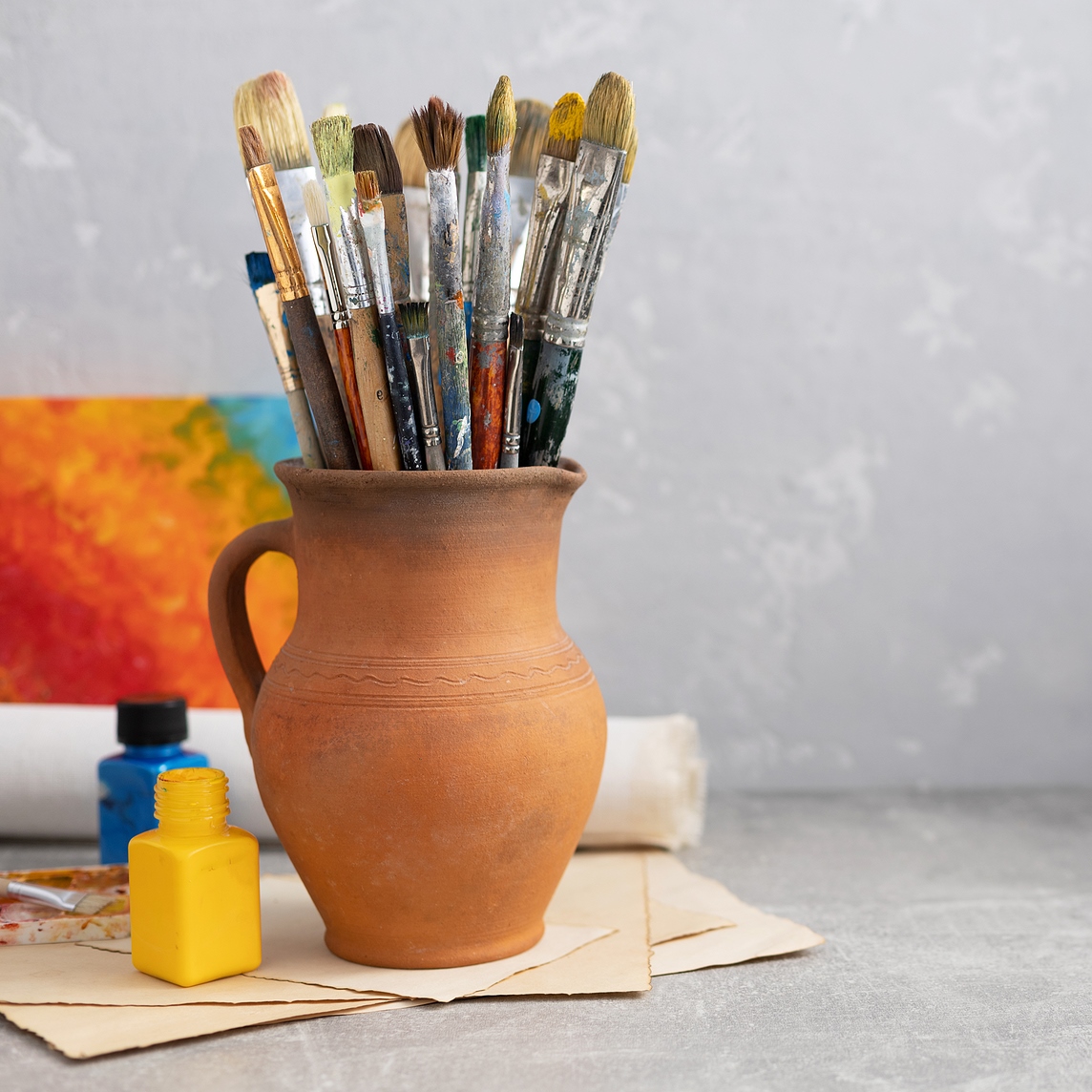Production efficiency in art supplies doesn’t have to be as elusive as finding the perfect shade of cerulean. In fact, with a few strategic (and metaphorical) brushstrokes, art suppliers can dramatically cut waste, streamline processes, and paint a picture of production success.
Let’s dive into how the creative world of art supplies can ramp up efficiency without sacrificing quality.
Reimagine Inventory Management
Imagine an artist who constantly runs out of ultramarine blue right in the middle of painting an endless sky. Now, scale that to a supplier managing thousands of products, and you’ve got a masterpiece of a logistical mess to untangle. Instead of relying on outdated inventory practices, smart suppliers are turning to tech-savvy systems that track stock in real-time.
Surprisingly, many businesses still rely on the ‘art of guesstimation’ when it comes to ordering stock. Spoiler alert: it rarely works with any reliability. Implementing inventory management software, such as enterprise resource planning (ERP) systems, is a game changer. Predictive analytics can tell suppliers when demand is about to spike, allowing them to stay ahead of the curve; plus, no more awkwardly long lead times that leave artists glaring at empty shelves.
By adopting modern inventory systems, suppliers can significantly reduce stockouts and overstock, resulting in better resource allocation and improved cash flow management.
Optimize Supply Chains
Like Cubism, supply chains can seem fragmented and complex. A supplier’s efficiency often hinges on how well these chains are structured. Suppliers can create a faster path from factory to shelf by shortening the distance materials travel, optimizing shipping routes, and reducing reliance on middlemen.
The less time spent shuffling brushes and pastels through a convoluted chain, the better for everyone involved. A more efficient supply chain reduces lead times and operating costs, ensuring that suppliers can meet customer demands quickly without compromising quality.
Automate Like da Vinci Would (If He Had the Tech)
While da Vinci was clearly no stranger to innovation, modern automation can work wonders in boosting production efficiency. Whether it’s robotic arms delicately assembling paintbrushes or machines that mix pigment with the precision of a master, automation helps reduce human error and speeds up the time-consuming aspects of production. Automation enhances consistency and scalability in production, allowing suppliers to maintain high standards while meeting growing demand with fewer resources.
Material Sourcing: Ethical, Efficient, or Both?
Sourcing raw materials efficiently doesn’t mean you have to cut corners, or ethics. Suppliers face a balancing act when it comes to sustainability and speed, but those two goals don’t have to be at odds; think of it like using recycled materials to create a limited-edition print: you’re saving resources and getting a high-quality result.
By choosing sustainable sources for wood, paper, and pigments, suppliers can reduce their environmental footprint and increase efficiency by avoiding the disruption that comes from poorly regulated, inconsistent sources. A little diligence in the sourcing department can help suppliers stay stocked without ever compromising on the quality that artists expect. Ethical sourcing not only ensures a sustainable supply of raw materials but also builds consumer trust, positioning companies as responsible leaders in their industry.
Lean Manufacturing
Imagine an art studio covered in half-used supplies – paints drying out, brushes abandoned mid-rinse; it’s chaotic and inefficient. Now, apply that vision to a production line. The concept of lean manufacturing encourages businesses to do more with less: less waste, less overproduction, and fewer bottlenecks.
Suppliers who adopt lean manufacturing techniques – and streamline manufacturing cycle times - can eliminate waste in materials, labor, and time, all while delivering better products faster. Lean manufacturing improves overall efficiency by identifying and eliminating waste, helping suppliers remain competitive and responsive to market changes.
Communication
Suppliers can spend thousands upgrading machinery, investing in software, and streamlining operations, but all of that is ‘moot’ if the team isn’t talking. Good communication – whether it’s between departments, with distributors, or even artists themselves – is the secret ingredient to production efficiency that’s often overlooked.
Think of it like collaborative painting: if no one agrees on the final image, you’re just layering on confusion. Ensuring that the marketing, design, production, and distribution teams are all on the same page can prevent costly errors and delays. Clear communication reduces errors and misalignment across departments, ensuring that production remains on schedule and aligns with strategic goals.
A Masterpiece in Progress
Improving production efficiency is an ongoing process that requires creativity, flexibility, and a little finesse. Art suppliers who embrace innovation, streamline their operations, and communicate effectively will find themselves not only keeping up with demand, but staying a step ahead. Efficiency is an evolving pursuit. Art suppliers that continually refine their processes will not only boost productivity but also enhance their market position.

